What began as reward points and exclusive offers has evolved into a parallel economy, one that is increasingly targeted by organized fraud rings, opportunistic consumers, and sophisticated cybercriminals. For many retail executives, the loyalty program that drives their most engaged customers is also one of their most significant vulnerabilities.
According to the Loyalty Security Association, U.S. retailers now lose roughly $1 billion annually to loyalty point fraud and account abuse. Behind that number lies a stark trend: a 89 percent year-over-year growth in loyalty fraud, with over 72 percent of companies reporting a fraud incident tied to their loyalty programs. As the value of points and perks grows, so does the motivation to exploit them.
The Modern Anatomy of Loyalty Fraud
Loyalty fraud no longer fits the stereotype of "a customer gaming the system." It's systemic, digital, and organized. Fraudsters target loyalty programs because they're lucrative, loosely monitored, and often lack the security measures applied to financial accounts.
Today's fraud patterns span several fronts:
- Account Takeovers (ATOs): Stolen credentials and reused passwords allow criminals to hijack accounts, drain points, and redeem gift cards in seconds. Javelin Research reports that ATO fraud cost U.S. consumers $15.6 billion in 2024, a 23% increase from the year before.
- Synthetic Identities and Duplicate Accounts: Fraud rings and bots mass-register fake profiles to exploit sign-up bonuses, referral incentives, and "new customer" promotions. Retailers estimate that up to one-third of loyalty enrollments during peak promotions are non-human or fraudulent.
- Promo and Coupon Abuse: Customers, and increasingly, automation scripts reuse "single-use" promo codes, share private offers, or stack discounts across multiple accounts, costing retailers millions in unauthorized rewards.
- Insider and Friendly Fraud: Even legitimate customers sometimes cross the line, claiming points weren't received, disputing valid redemptions, or manipulating returns for double credit.
The psychology is simple: the perceived value of loyalty rewards has risen, while the perceived risk of abuse remains low. And that imbalance has turned loyalty into a fraud channel hiding in plain sight.
Why This Keeps Retail Executives Awake at Night
Loyalty programs sit at the intersection of brand trust, customer identity, and financial exposure. They are deeply entwined with CRM systems, digital marketing, e-commerce platforms, and payments, meaning a single vulnerability can have a ripple effect across the entire enterprise.
The real fear among executives isn't just financial loss. It's the erosion of trust. When a loyal customer discovers that their hard-earned points have been stolen or their account frozen, the damage extends far beyond the balance sheet. Customer lifetime value collapses. Advocacy turns into attrition.
Adding to the complexity, loyalty fraud is rarely handled by the teams best equipped to detect it. It often falls between marketing and IT, rather than risk and compliance. Many retailers admit they've underinvested in fraud controls for loyalty programs because they were seen as "non-monetary." That mindset is changing, fast.
A recent Forter study found that loyalty accounts are up to seven times more likely to be targeted by attackers than non-reward accounts. Yet half of retailers surveyed still describe their loyalty fraud detection as "ad hoc or reactive." In other words, the systems driving customer engagement remain the least protected assets in the enterprise.
The Strategic Opportunity
For retailers, this crisis also presents an opportunity to unify identity, data, and decision-making under a single strategic lens.
Preventing loyalty fraud isn't just about adding friction; it's about adding intelligence. Imagine being able to assess the legitimacy of every new account, redemption, and transaction in real time. To spot when multiple "customers" share an IP address, device fingerprint, or payment method. To know when a sudden surge in redemptions isn't a marketing success, it's a fraud ring at work.
That's the promise of intelligent fraud management: connecting behavior to risk before damage occurs.
Retailers that treat loyalty security as a decisioning challenge, not a technical one, are shifting from reactive detection to proactive prevention. They're leveraging data across every interaction, continuously learning what "normal" looks like, and automating the decisions that keep both customers and margins safe.
The Role of Technology
Platforms like Fraud Management, powered by SAS Intelligent Decisioning, are transforming the way retailers protect their loyalty ecosystems. Instead of relying on static rules or isolated alerts, these systems enable adaptive decision-making, analyzing thousands of data points in milliseconds to produce a transparent and explainable outcome.
Fraud Management allows retailers to:
- Correlate data from loyalty systems, CRM platforms, digital wallets, and third-party identity services into a unified view of each customer.
- Score and segment behavior using machine learning, identifying anomalies such as unusual redemption velocity, shared credentials, or device reuse.
- Define policy logic that automatically flags suspicious redemptions, enforces one-per-customer coupon limits, or challenges risky account activity with multi-factor verification.
- Deploy decision APIs across loyalty, e-commerce, and mobile channels, ensuring consistent protection everywhere customers interact.
- Provide transparency for auditors and compliance teams through explainable rules, model versioning, and traceable decision paths.
This architecture brings speed, scalability, and control to one of retail's most under-governed processes. Fraud Management transforms loyalty programs from open targets into defensible, data-driven assets.
How SureStep Makes It Work
SureStep's role is to turn this capability into a reality, not as a point solution, but as an enterprise capability.
Our consultants design and deliver fraud decisioning architectures tailored to each retailer's loyalty environment. We understand that loyalty programs are data-dense, technically fragmented, and often tied into legacy systems that weren't built for real-time risk analysis. Our value lies in bridging that gap.
We help you:
- Integrate and rationalize data across marketing, payments, CRM, and e-commerce silos to create a unified, actionable view of loyalty and risk.
- Engineer and deploy machine learning models that detect fraud patterns specific to your customer base and reward structures.
- Implement dynamic policy frameworks that adapt to new behaviors and regulatory requirements without code rewrites.
- Operationalize the decision flows — ensuring decisions are auditable, explainable, and aligned with your brand's risk appetite.
- Continuously optimize the system through feedback loops, simulations, and KPI tracking to minimize fraud rates, false positives, and customer impact.
SureStep's difference is architectural discipline. We design loyalty fraud solutions that work across every layer of data, model, rule, and process, leveraging SAS's enterprise-grade technology to deliver real-time intelligence where it matters most.
From Reward to Resilience
Loyalty programs should reward trust, not test it.
By embedding intelligence into the heart of loyalty management, retailers can rebuild confidence, knowing that every point, every redemption, and every customer interaction is protected by design.
With the exemplary architecture and technology partnership, loyalty programs can evolve from a high-risk liability into a strategic differentiator: secure, data-driven, and customer-first.
At SureStep, we help retailers get there by turning loyalty into a strength, not an exposure.




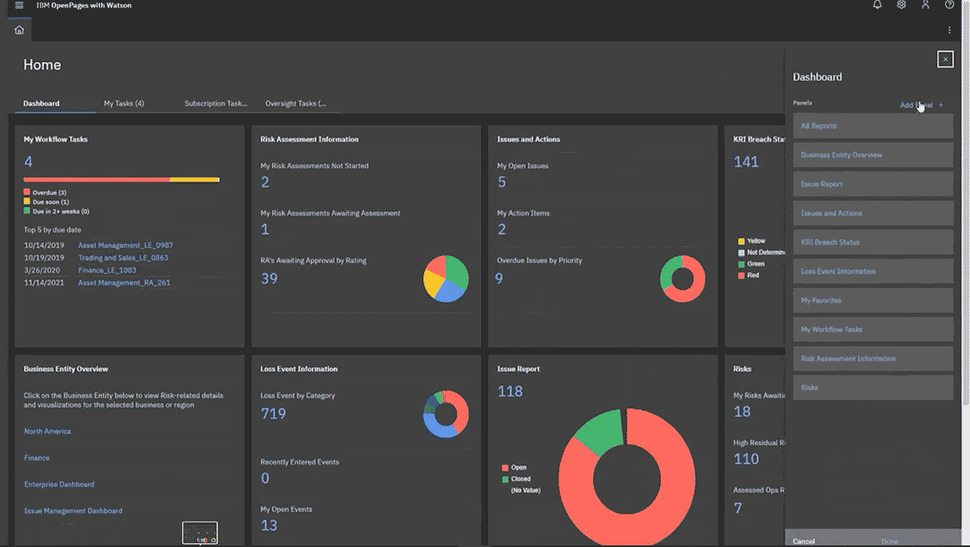







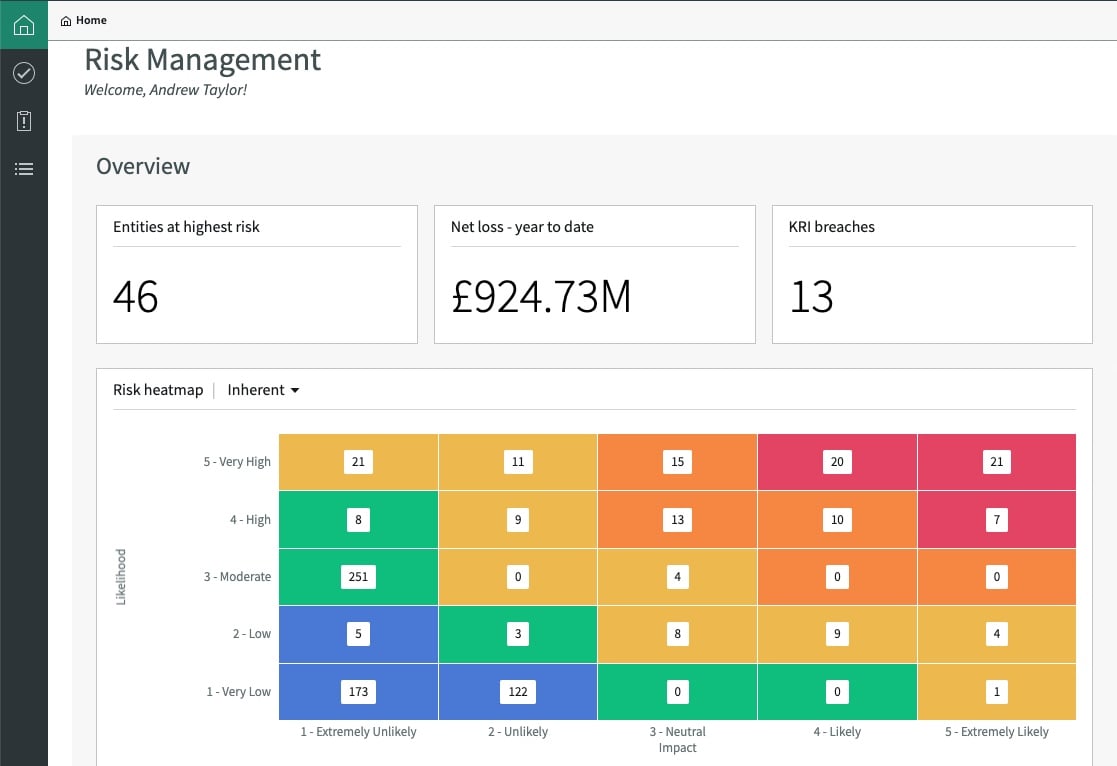






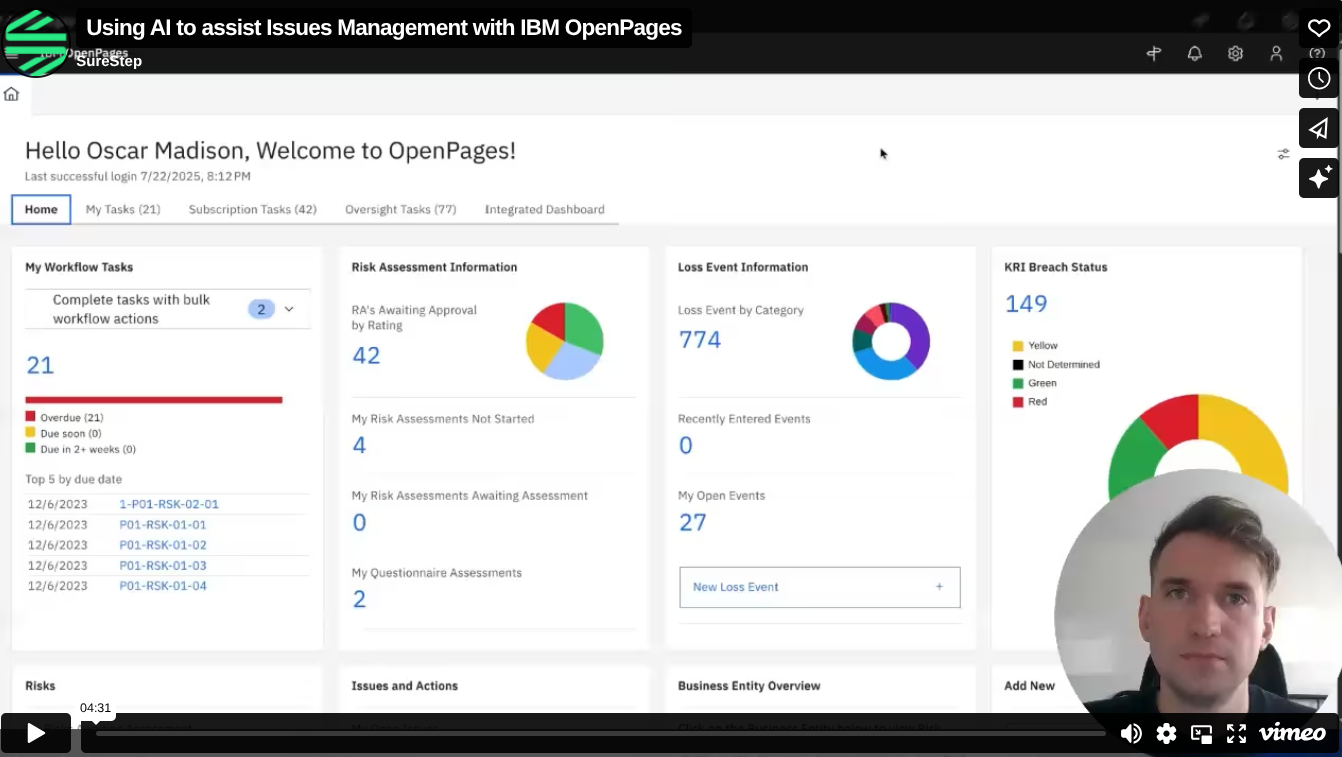
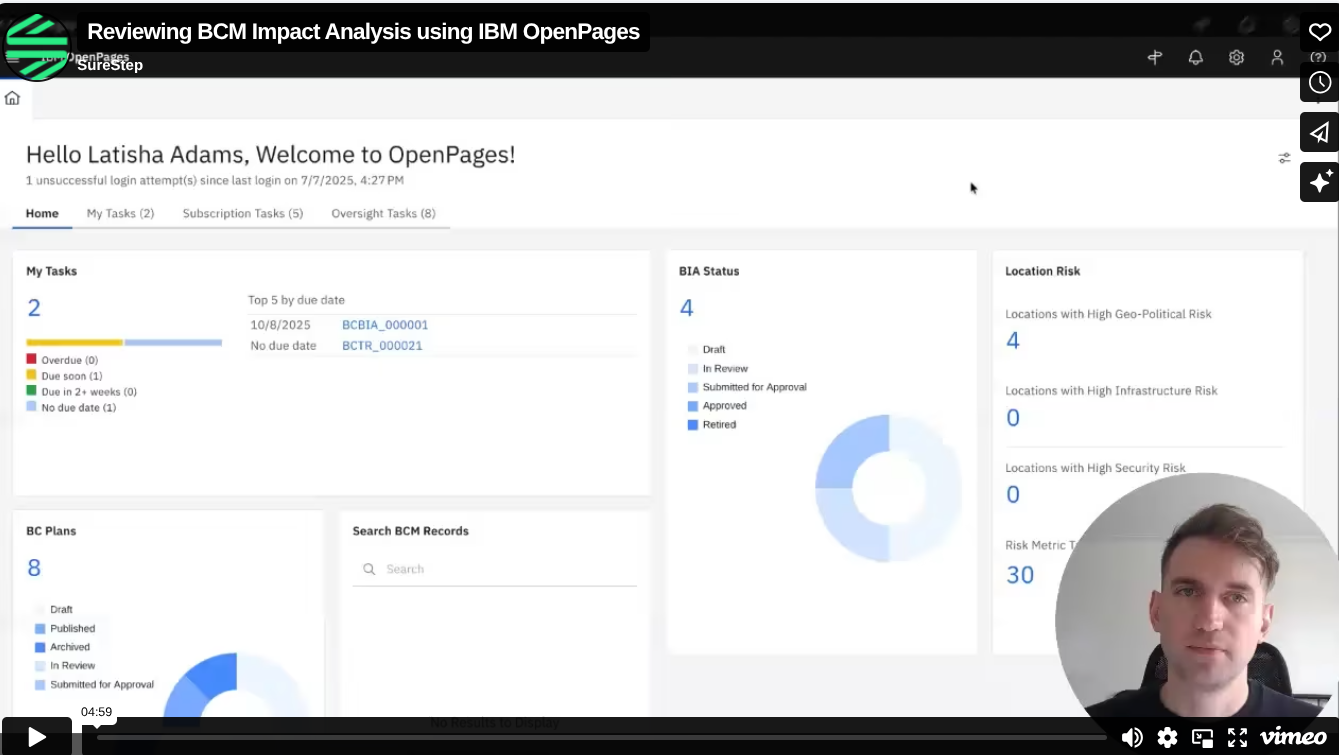






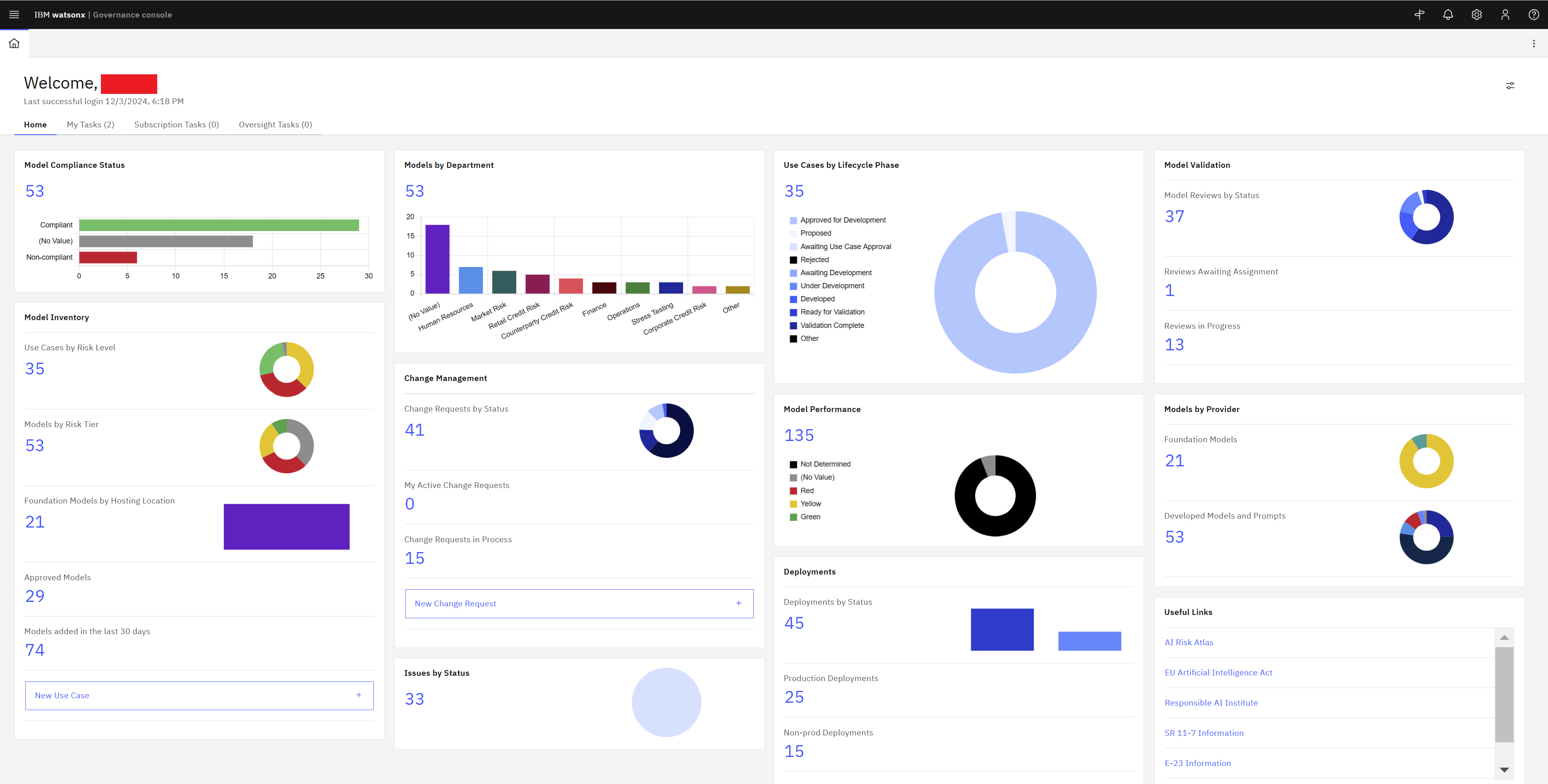

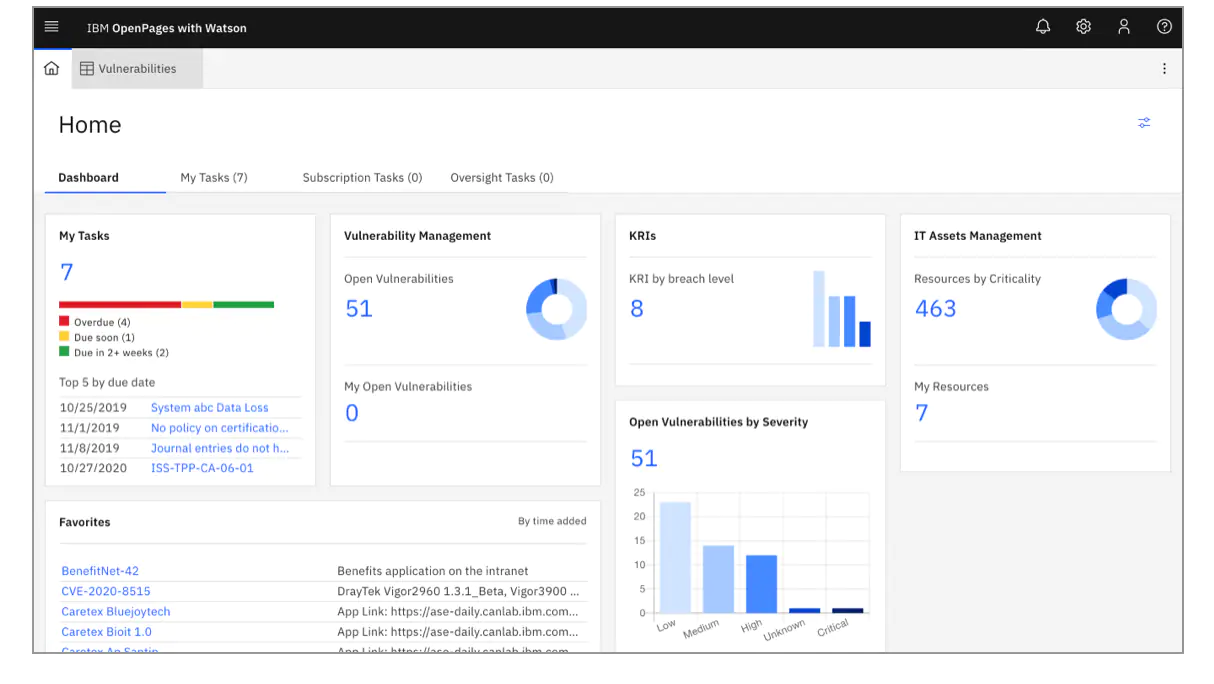
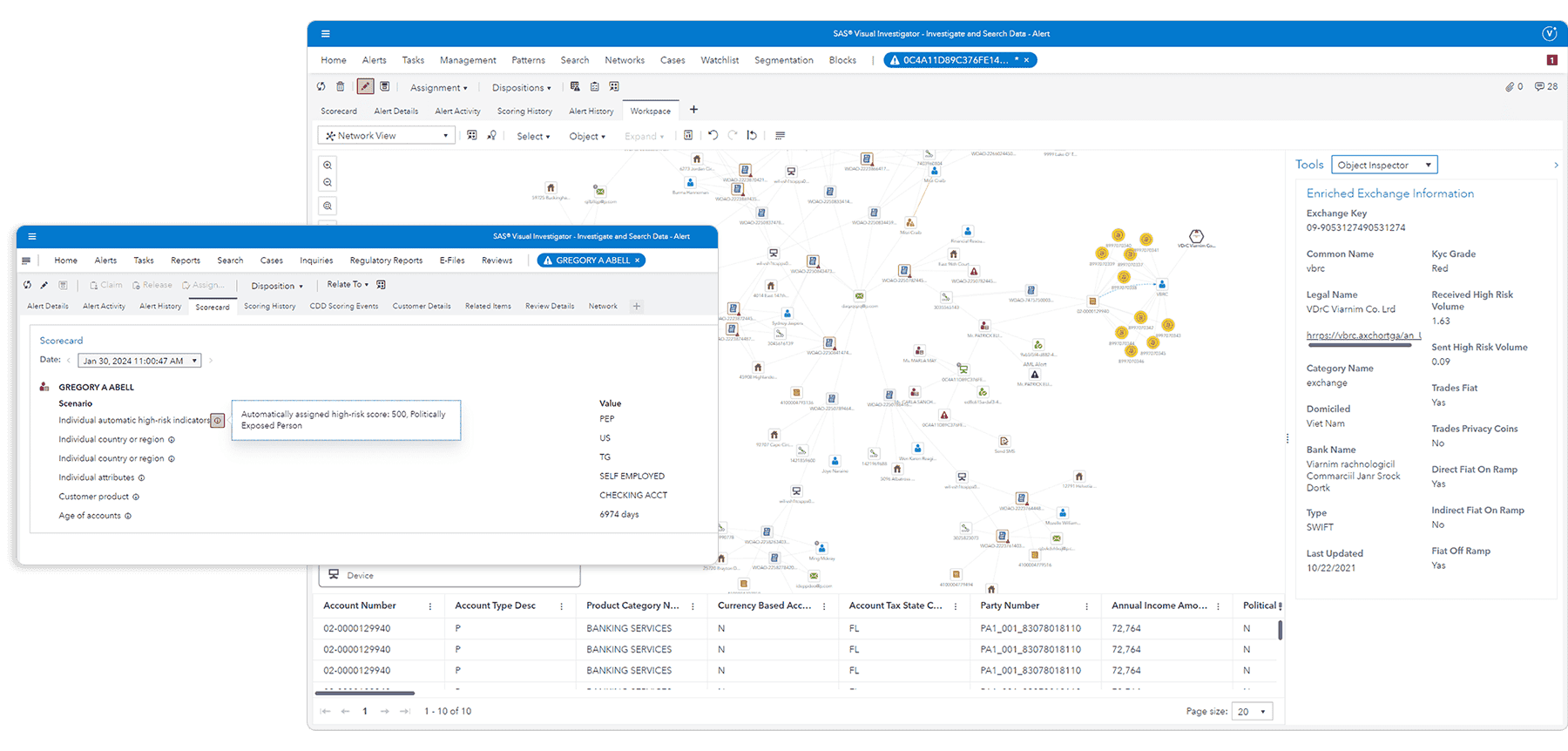







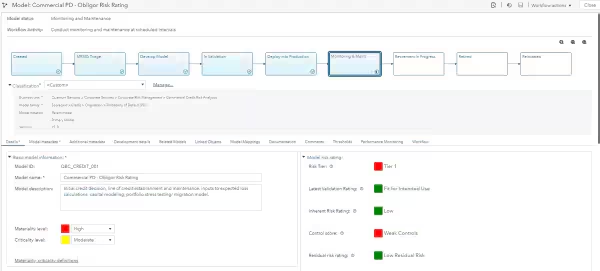









.webp)

-1.jpg)










.jpg)



























.jpeg)







